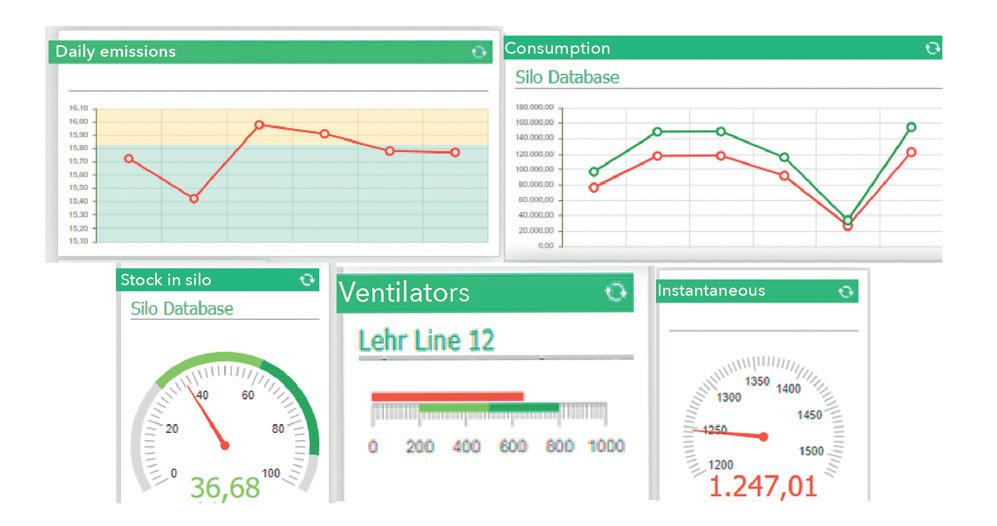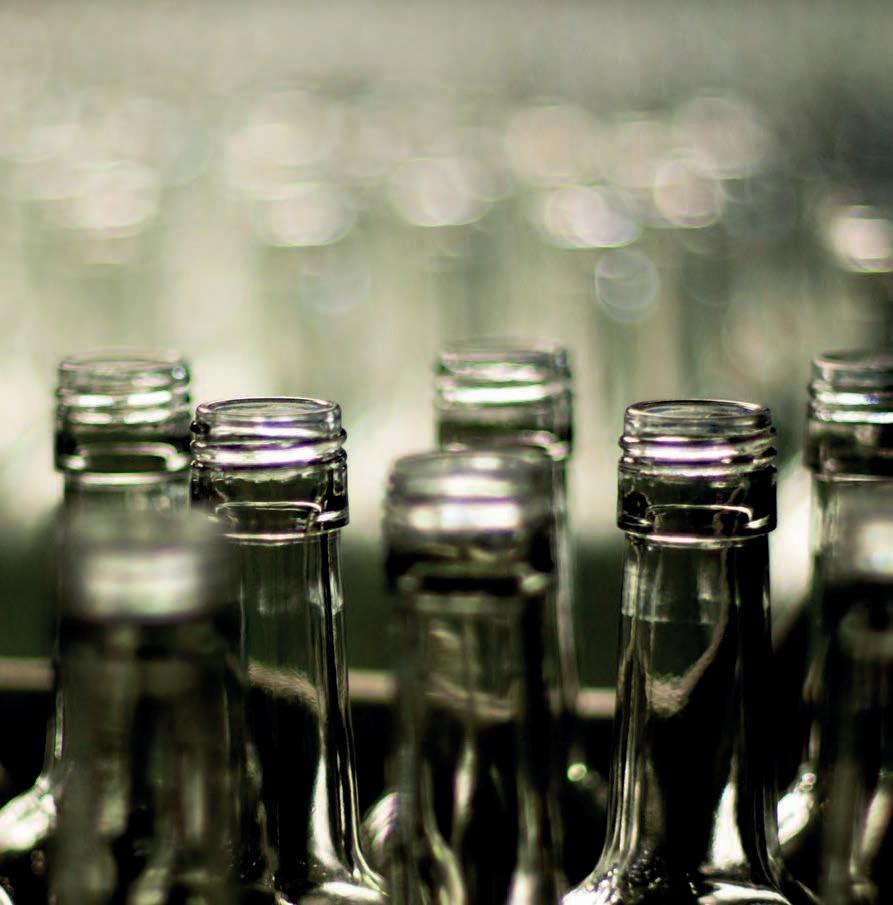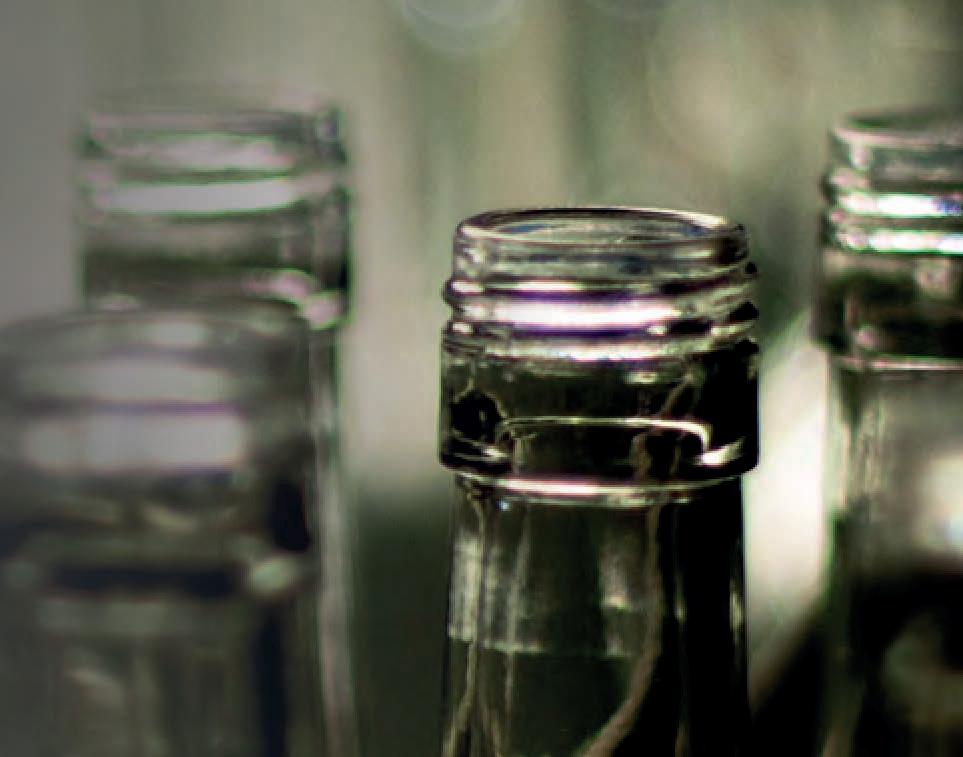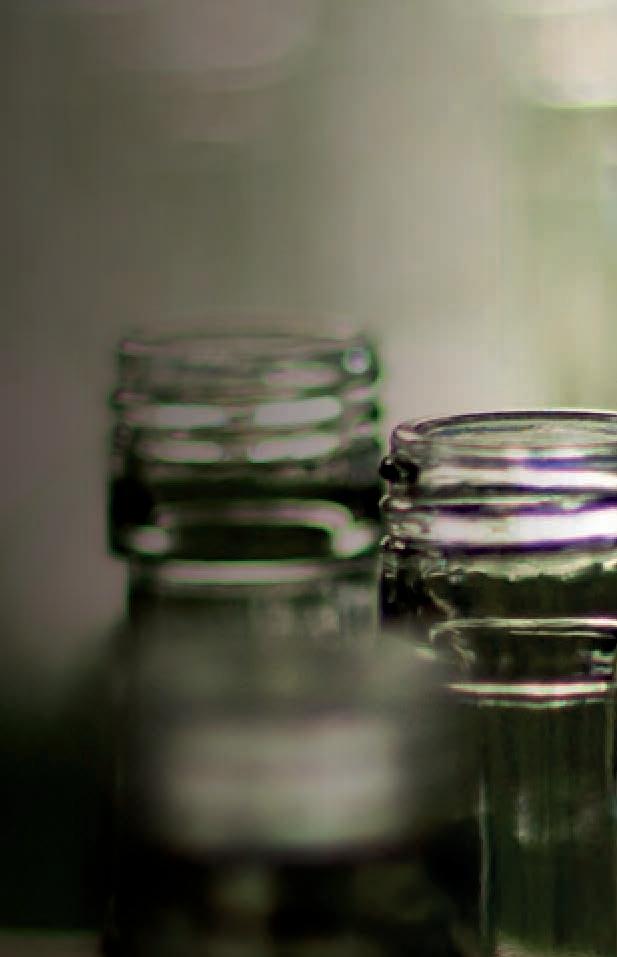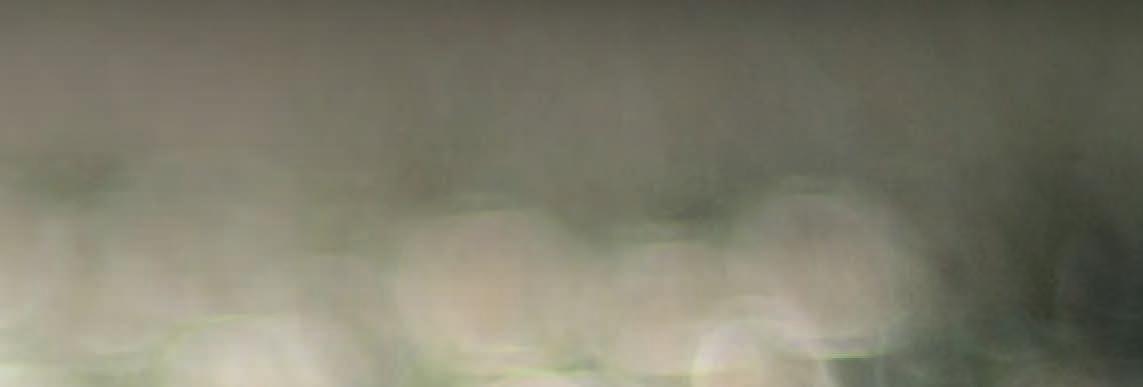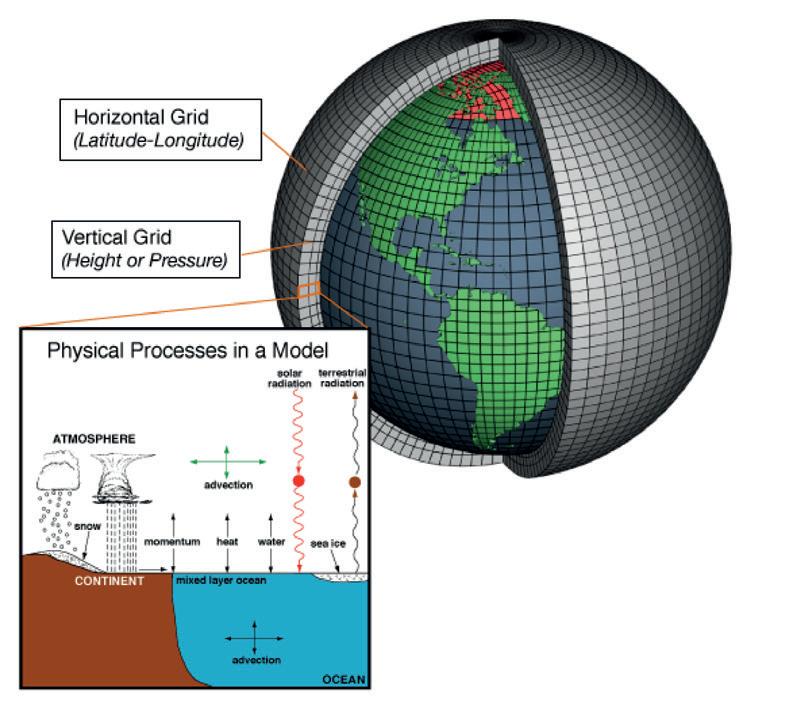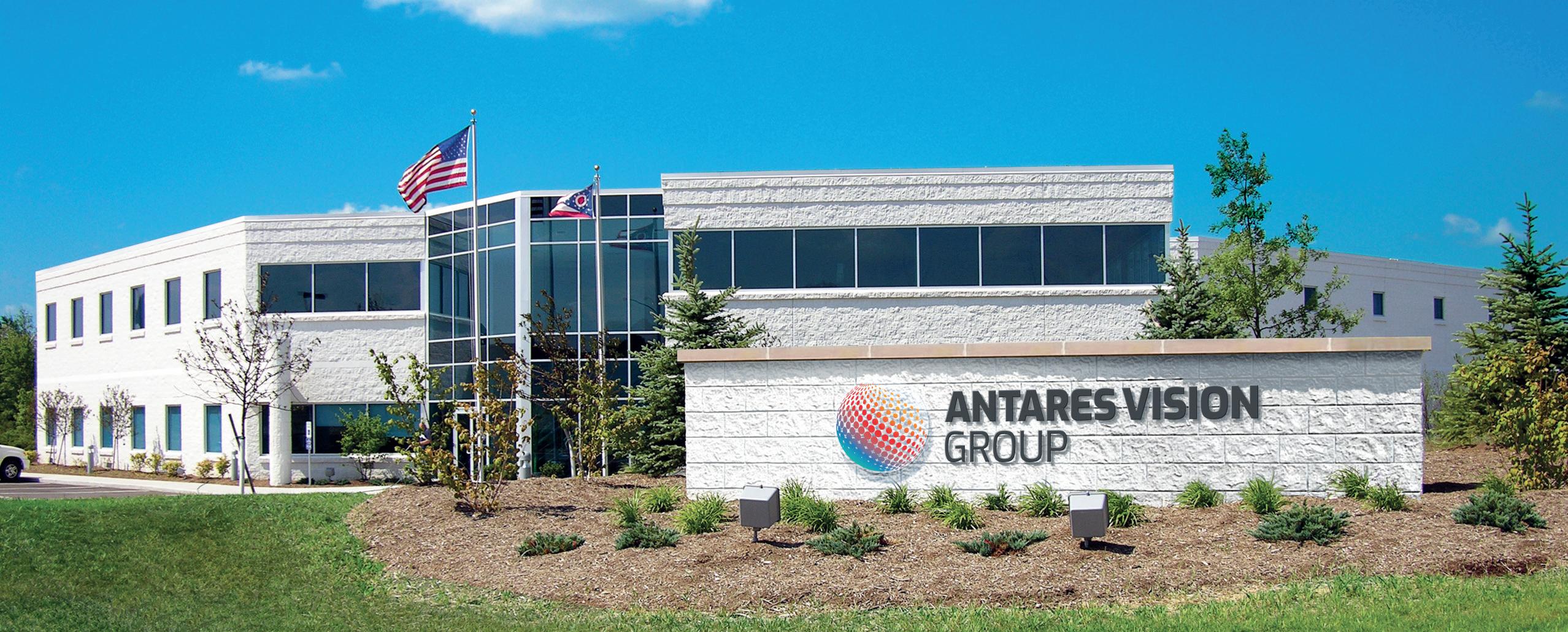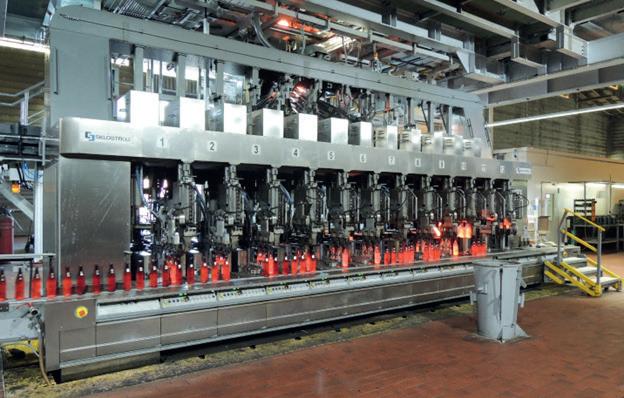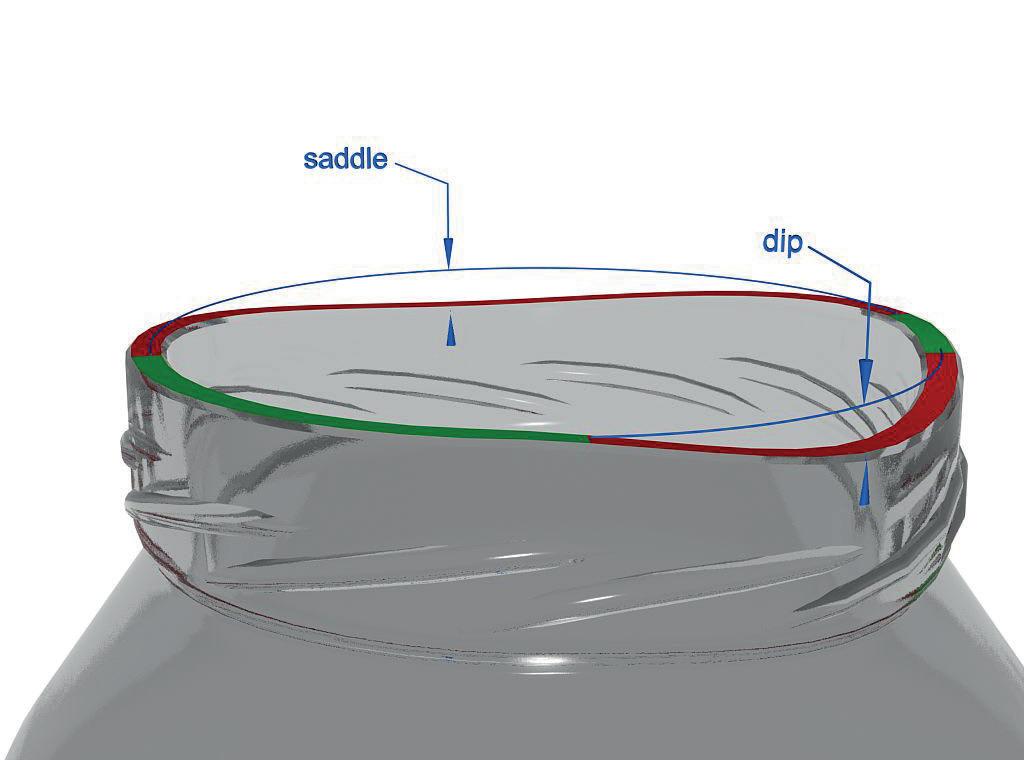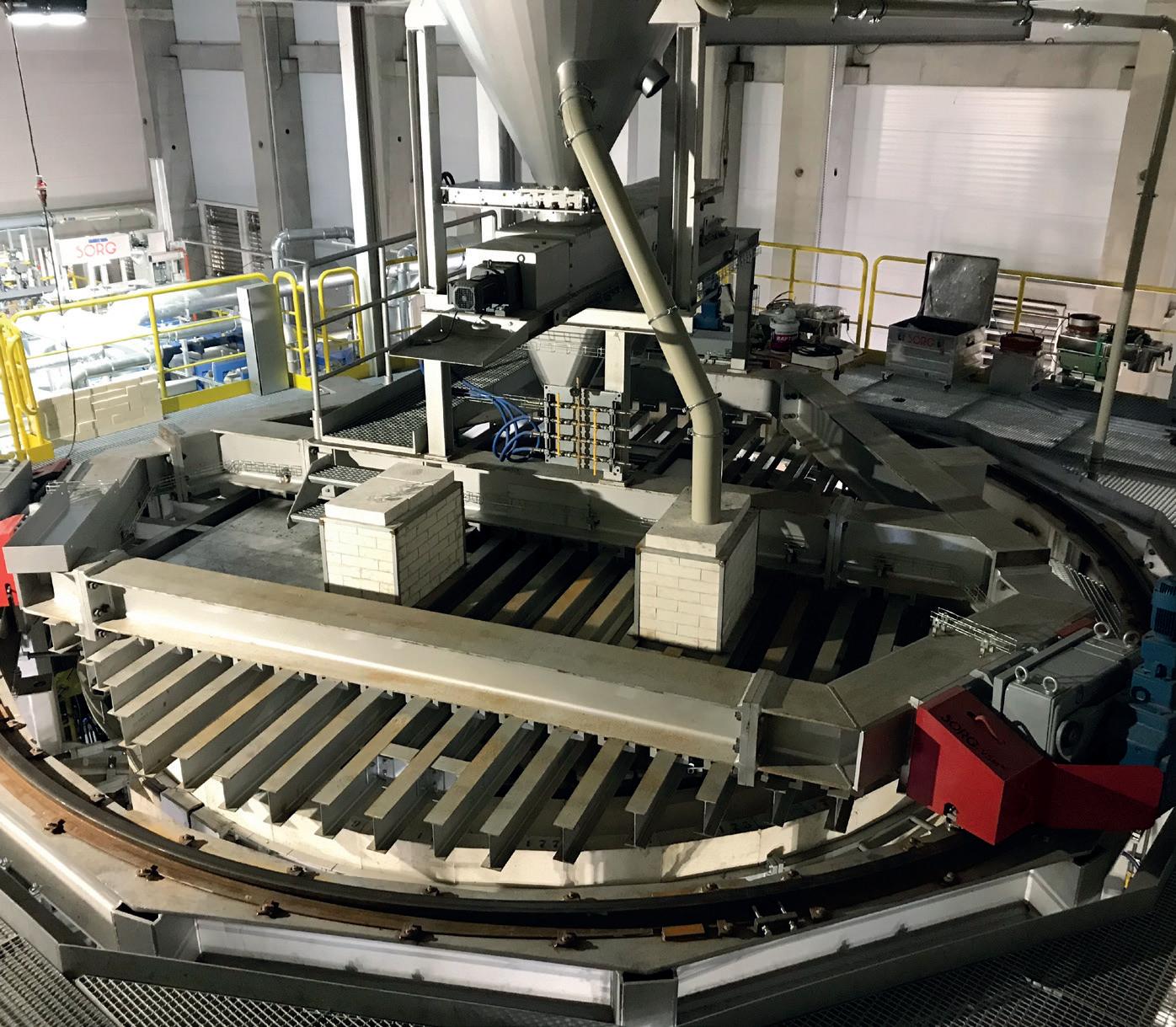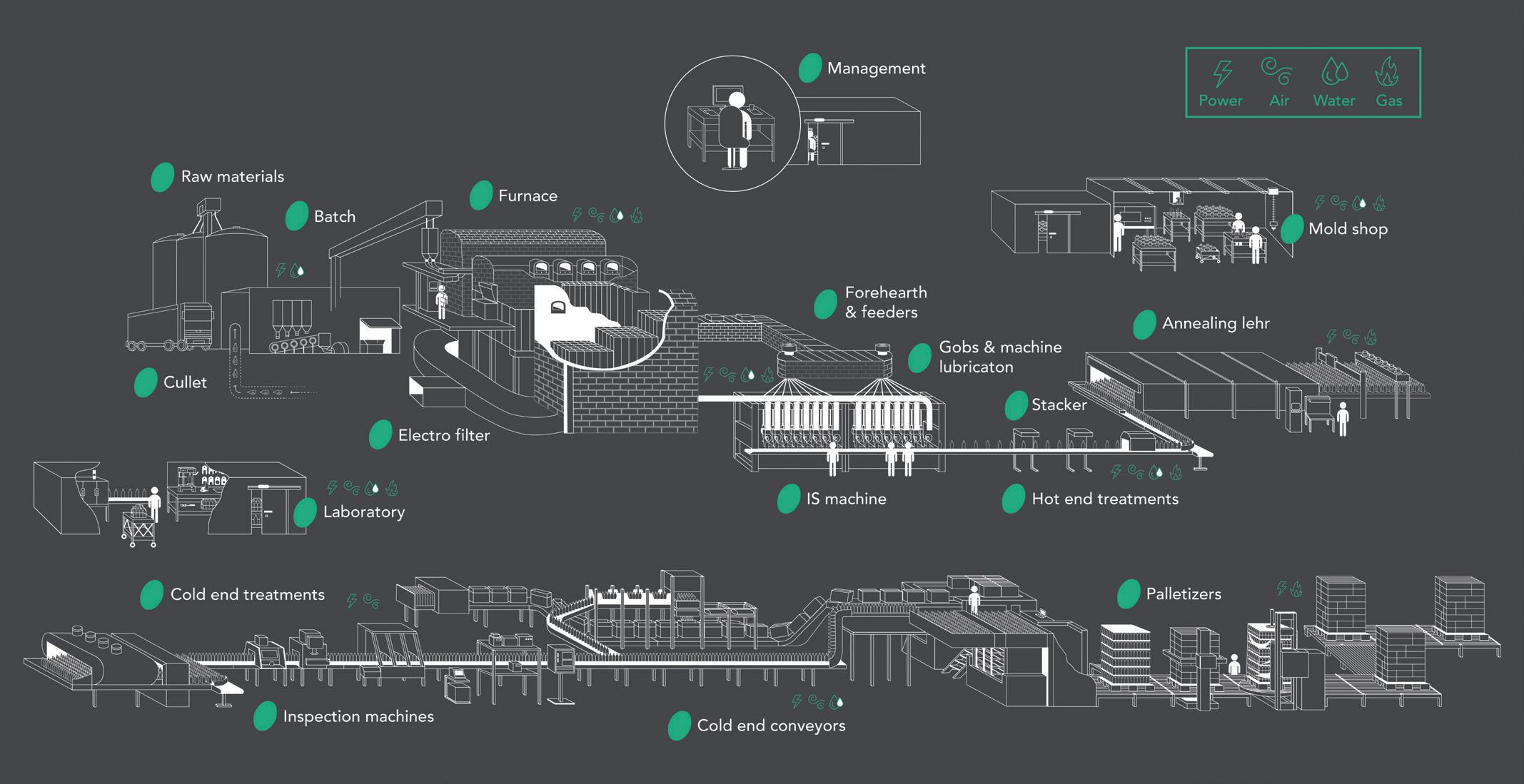
6 minute read
Digital Glassmaking: Vertech
Technological innovation through Industry 4.0 is essential for the glass industry to overcome ongoing technical, economic and ecological challenges. Ulas Topal* explains how it is possible to successfully deal with these matters.
According to Global Footprint Network, today the 7.9 billion people on Earth are using more resources than it can provide. By 2050 we will require three Earths in order to supply our needs, if we don’t change our habits by making our consumption sustainable.
As a result of global warming generating natural disasters, the commitment to reduce CO2 emissions is more than necessary. Currently one of the most challenging concerns for industry is to continue to produce faster higher quality articles at the lowest cost but, at the same time, to be environmentally friendly.
Glass, as container, is definitely a lasting and sustainable material when comparing with single-use plastic. It can actually be used and reused. Glass is 100% and unlimitedly recyclable.
It is a material with a real opportunity for the future. Recycling is the first step, but we have to go further. The glass industry has to find way in order to make its production process even cleaner, to reduce consumption, to drastically diminish its CO2 emissions. Production supervision and technology have also a great role to play!
Glassmakers are looking for solutions to produce articles using maximum quantity of cullet. They are constantly looking on how to produce the strongest and lightest articles. But the ecology is another big challenge for them.
The use of sustainable and decarbonisation technologies to reduce the carbon footprint is a must today.
Investing in the renovation of premises or in new machines could be one solution; but this costly measure wouldn’t be enough. The whole process must be daily controlled, in terms of energy consumption for example, in order to provide glassmakers with all the keys to make suitable decisions.
Glass manufacturers need to collect, record, extract, exchange and display data coming from all over the plant. The digitalisation of manufacturing is transforming the operations, processes, acting on energy footprint of factories and supply chains. This modern paperless solution, allows a faster exchange of information and data between all plant sectors, making production requirements efficient, increasing performance and production quality.
Continued>>
Fig 1. Plant Scheme
Fig 2. Example of Industry 4.0
Faced with big ecological challenges, glassmakers need to consider technologies and industry 4.0 as excellent opportunities. Monitoring Key Performance Indicators has become essential for glassmakers: first of all, so that they are aware of their energy consumption; secondly so that they have consistent data for analyses and decisionmaking.
Also, digital era represents a revolution both for managers and for operators. Thanks to digital solution, operators are not linked to their terminal any more. For instance, a quality controller can follow up setouts on the production line, working on a smart device with a full web application managing quality controls.
Vertech’, a pioneer in digitalisation for the glass industry, accompanies glassmakers on their trip to climate neutrality and to consumption sustainability. With SIL solutions, technical parameters and economic interests meet ecological requirements.
SIL is a Manufacturing Execution System supervising production of the whole glass plant. With SIL the productivity increases and the workflow becomes smoother. SIL can be installed everywhere in the glass plant: from the batch to the palletiser, through the mould shop and the quality laboratories.
The principle is simple: SIL connects and collects real-time data everywhere where sensors can be connected. From the batch to the palletiser, points are multiple. Once data are collected, SIL displays them on fully customisable dashboards: SIL collects data, and the glassmaker chooses which KPIs it wants to display.
Energy consumption, temperature in the furnace or in the lehr or the stock of raw materials: all this information can be displayed on one screen. KPIs of several plants within one same group can even be simultaneously displayed.
Real-time KPIs are displayed on fully customisable dashboards displaying data on furnace, forehearth, cooling system temperature, daily CO2 emissions, consumption, etc.
SIL includes indicators related to statistical process control, like the Gaussian curve. At a glance, glassmakers can see deviations from a standard value allowing them to anticipate on measures to be taken for continuous improvement of the production process.
To go into further details, data can be extracted and handled as glassmakers wish. In the form of pivot grids, datasheets, grouped, timeline or stock charts… Everything is possible with SIL! All these possibilities are key tools for managers to debrief on past actions and make appropriate decisions.
The innovative SIL4.0 software, is the company’s answer to the challenges currently faced by the glassmakers. The multitude of real-time data gathered throughout the glass plant is essential for analysing the past and for foreseeing the future.
The aim of SIL4.0 is the glass plant and its production processes digitalisation from raw material to finished product. Collected KPIs are crucial for the production process monitoring and for quick decision making. A dashboard can simultaneously display data even from several plants, facilitating cross-plant comparisons.
Utilities such as electricity, gas, water and air are used in the glass production process. Glass is warmed at a high temperature in the furnace. Once the article is produced, glass is warmed one more time before being progressively cooled. As a consequence, a significant amount of greenhouse gas is rejected, particularly through fumes, which makes glass production a polluting activity. On the path to reduce the footprint of glassmakers, the first step consists in measuring, thus controlling, energy consumption. This step is absolutely essential to carry out an effective energy policy. Vertech’ developed SIL4.0 to this end, to meet glassmakers’ needs.
Regarding energy consumption, SIL4.0 is connected to key spots in the plant like to the furnace, where it can get real-time temperature; to the electro-filter, where it can get real-time green-house gas emissions; to the annealing lehr, where it can get real-time temperature curve throughout the lehr. All the places on the production line where SIL4.0 is able to be connected are reported on schemes.
Optimising cullet is of big interest from both ecological and economic points of view. Using cullet to produce new articles implies a much smaller use of raw materials, more especially sand. For glassmakers, sand constitutes a real problem, economically and ecologically. Indeed, raw materials need to be paid and transported to the plant. But most importantly, like any other resource on Earth, sand is not unlimited. All kinds of sand are not suitable for glass production; for example, sand from deserts would be too regular. Therefore, sand must be extracted implying heavy ecological consequences: destruction of ecosystems, shore erosion, or even sometimes desalination.
By using more cullet, all these problems can be reduced. Likewise, using some materials like soda and lime allows reducing the fusion temperature, which is of high interest regarding energy consumption. As controlling composition and raw materials is extremely important, SIL provides all the KPIs to do so.
With all these KPIs, glassmakers will have a perfect overview of their energy consumption. By exactly knowing the quantity of greenhouse gases they reject, glassmakers will be able to control their

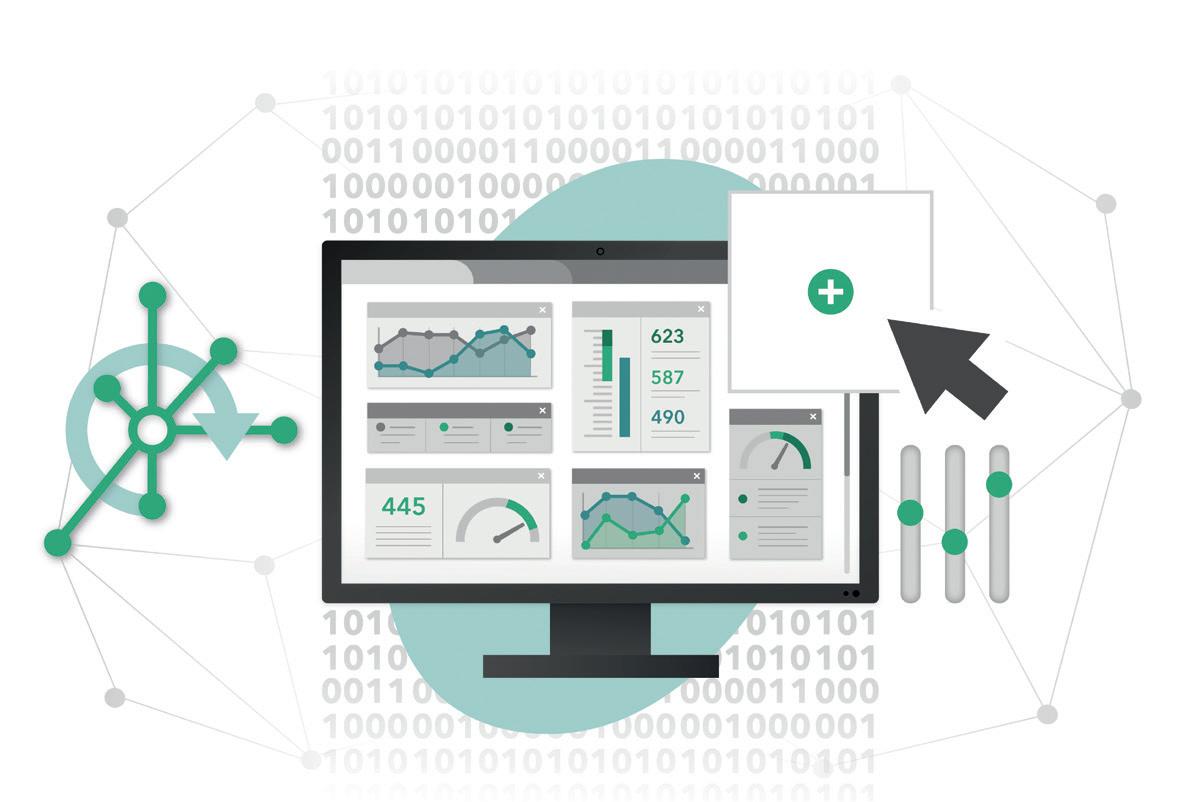
Fig 3. SIL 4.0 consumption by making decisions to reduce their carbon footprint and following the evolution. They will also have the consistent KPIs to take part in decarbonisation programs in order to compensate for their GES emissions.
Vertech’ aims at going further and is constantly working on finding correlations in order to predict the future. Innovation has no limits and is the key to success for glass industry.
The future of glassmakers cannot be considered with serenity without a supervision system as complete as the SIL. �
*Vertech, Chalon-sur-Saône, France www.vertech.eu
Fig 4. SIL dashboards
